Now that wristwatches have been common personal items for nearly a century, it is natural that various categories of watches have developed, touchstones which help to center the design of a given watch, whether for the engineer and manufacture, the marketer or retailer, or for the buyer, collector and consumer. For example, a traditional dress watch might be described as relatively small and thin, of simple design with no more than 3 hands, and cased in precious metal. Such a shorthand is useful even when dealing with exceptions and wild variations; a "large dress watch" might be 38mm diameter, while a "large diving watch" could easily be 46mm, and although a "radical chronograph" could sport 5 concentric hands, a "radical perpetual calendar" might have only two.
At the same time, these historic norms provide a reference for those who are intent on refining the original concept. Although one might think that the design of simple, time-only dress watches would have stagnated decades ago, the fact is that everyone from Seiko to Patek to Breguet to several AHCI members are still spending thousands of hours and millions of currency seeking perfect simplicity.
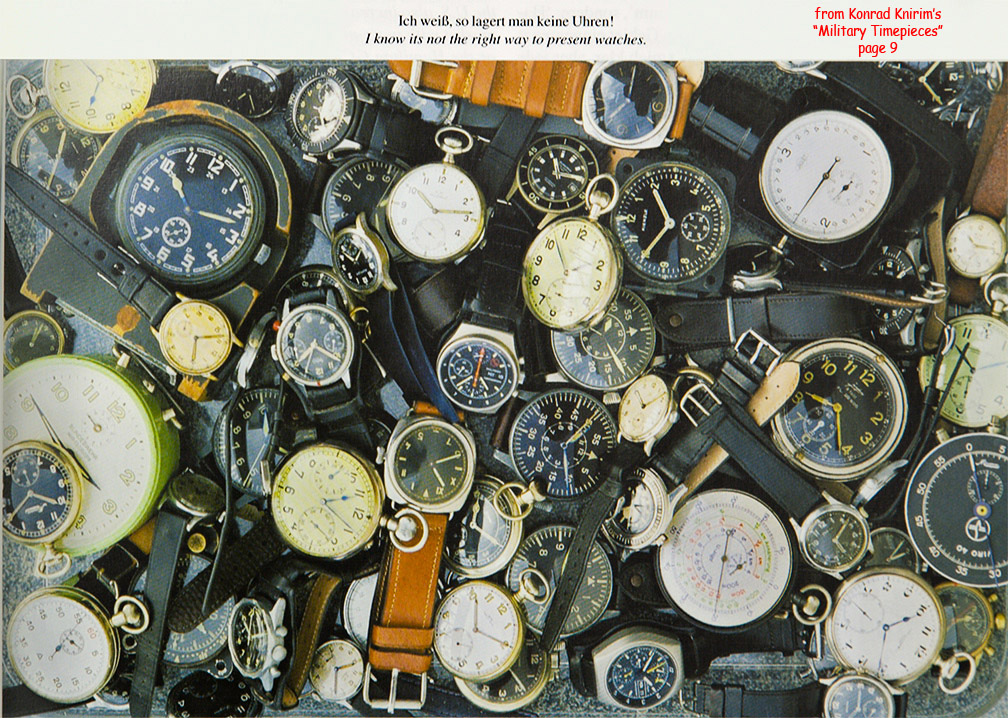
Today, we generally see a military, pilot's or aviator's watch as being round and of relatively large size, with black dial and a (nearly/)full set of white, Arabic numerals, luminous hands and numerals or markers, and an outer railroad track or bold minute marks. The case should be heavy, and provide protection from shock, dust and water, and magnetism. The movement is to be reliable, accurate and isochronic, and the seconds-hand should stop when adjusting the time. These (and other) attributes were formalized when the British Ministry of Defense issued specifications for the most famous military watches ever, the WWWs (watch(es), wristlet, waterproof) of late-WWII.
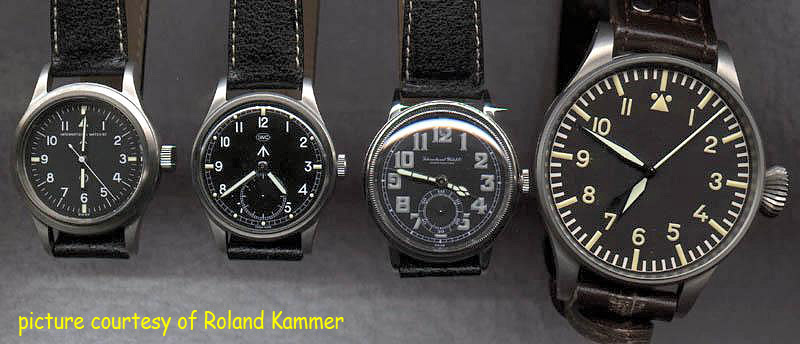
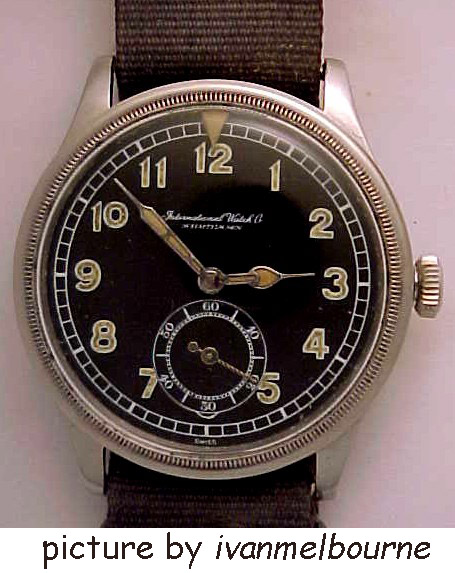
Mark IX: 1936-1944, IWC caliber 83, diameter: ???
Mark X: 1944-1948, IWC caliber 83, diameter: 36mm
Mark XI: 1948-1984, IWC caliber 89, diameter: 36mm
Mark XII: 1993-1999, IWC caliber 884 (Jaeger-LeCoultre Cal. 889/2)*, diameter: 36mm
Mark XV: 1999-2006, ETA Cal. 2892A2, diameter: 38mm
Mark XVI: 2006-____, IWC caliber 30110, diameter: 39mm
- *except for a few special editions in titanium using ETA Cal. 2892A2
(picture source unknown, sorry)
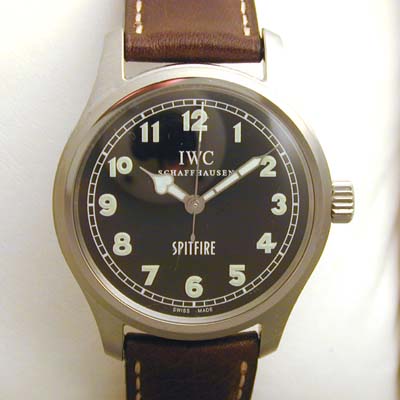
It is however the earlier and rarer MarkXII example which has stolen my heart! Produced for the Asian market in 1998, the edition is 80 pieces numbered 301-399 (excluding all numbers which would include a "4"). The case is significantly heavy platinum, has a screwed-in crown and sapphire crystal, and the movement is the excellent JLC automatic; otherwise the design is as traditional as can be: 36mm diameter, matte-black dial with full luminous Arabics and no legend whatsoever other than that of the manufacture, and also those fabulous hands! There are 2 excellent articles regarding IWC's Mark XII special editions, a brief catalog posted by Stephen Sugiyama, and a beautifully illustrated overview by Hans Goerter, et. al.. In addition to the authors and owners of the articles and pictures linked above, I am indebted and greatly thankful to the friendly participants of the Military Watch Forum, and the Official IWC Forum for their expert assistance.
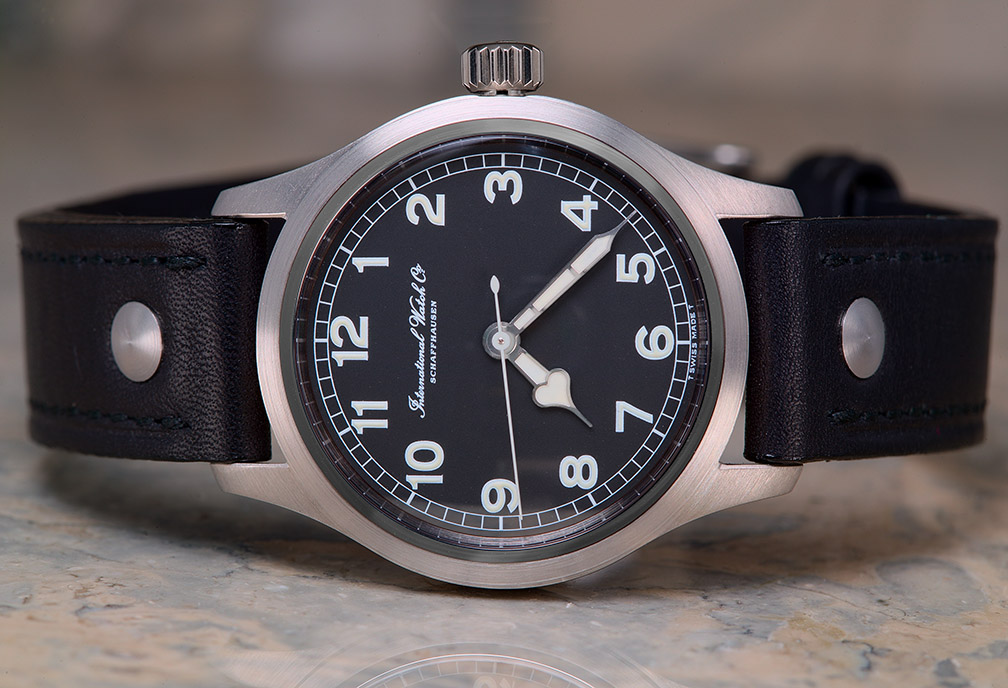
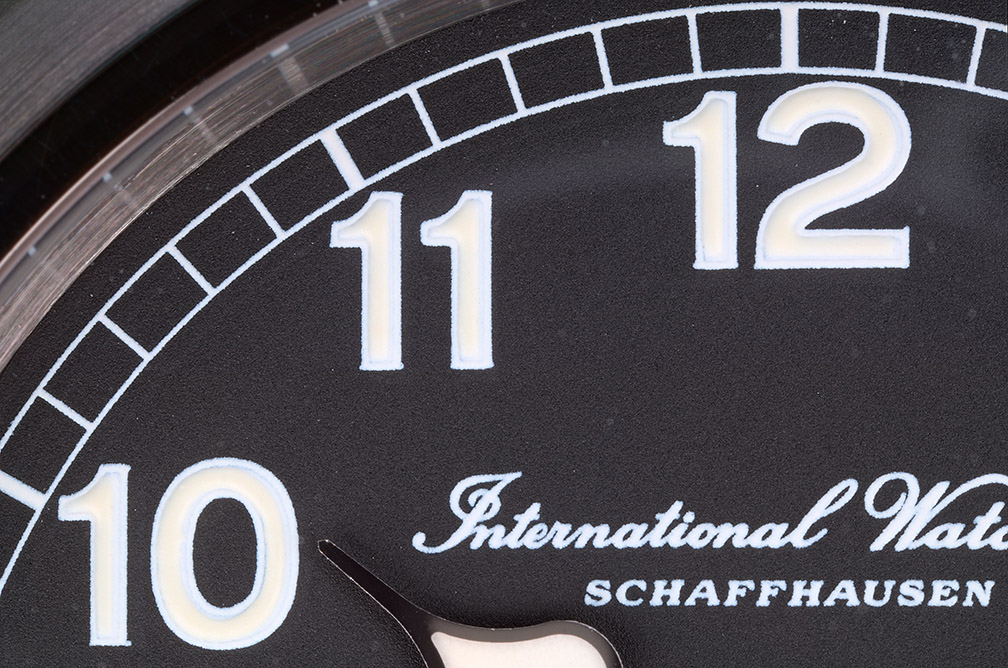
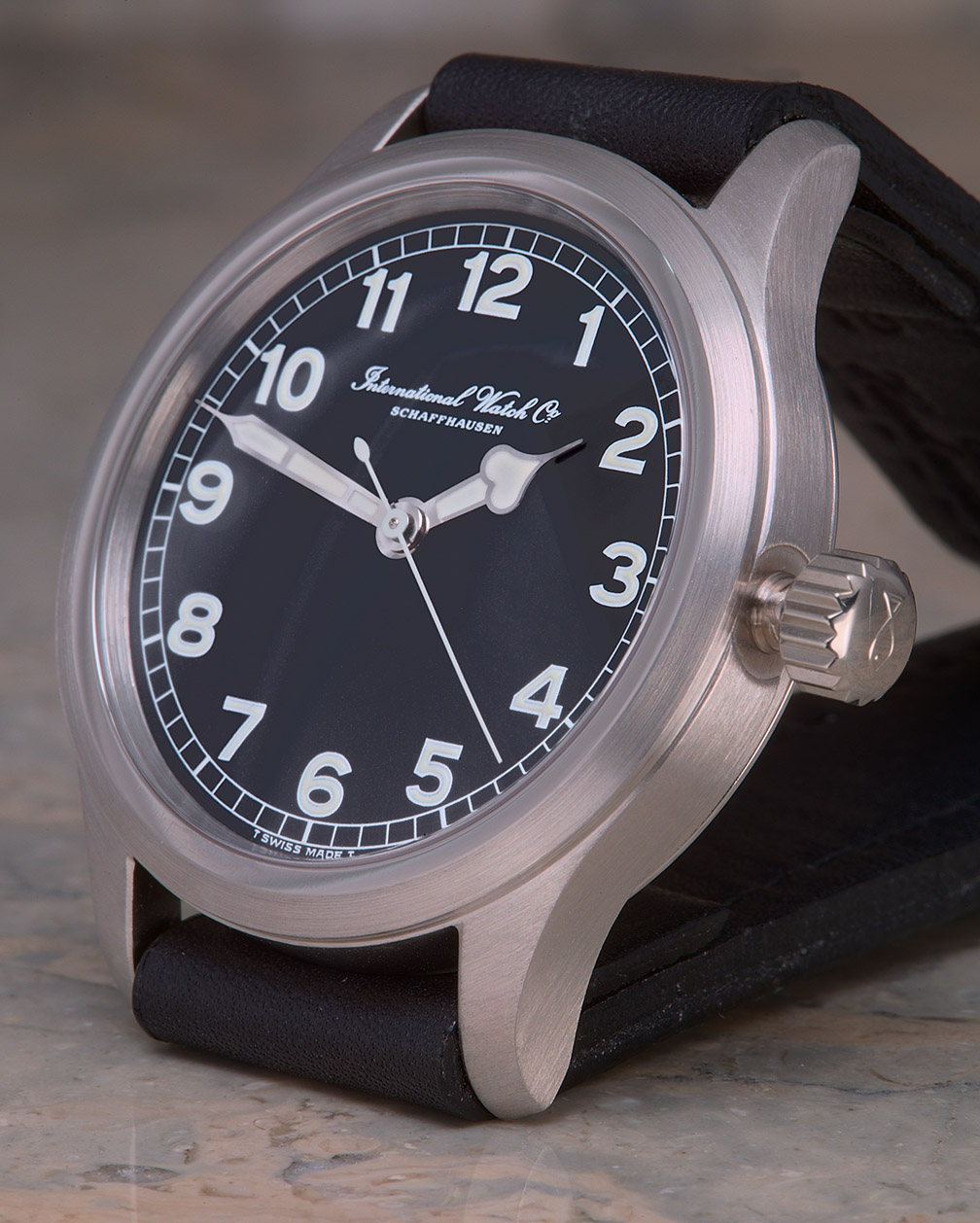
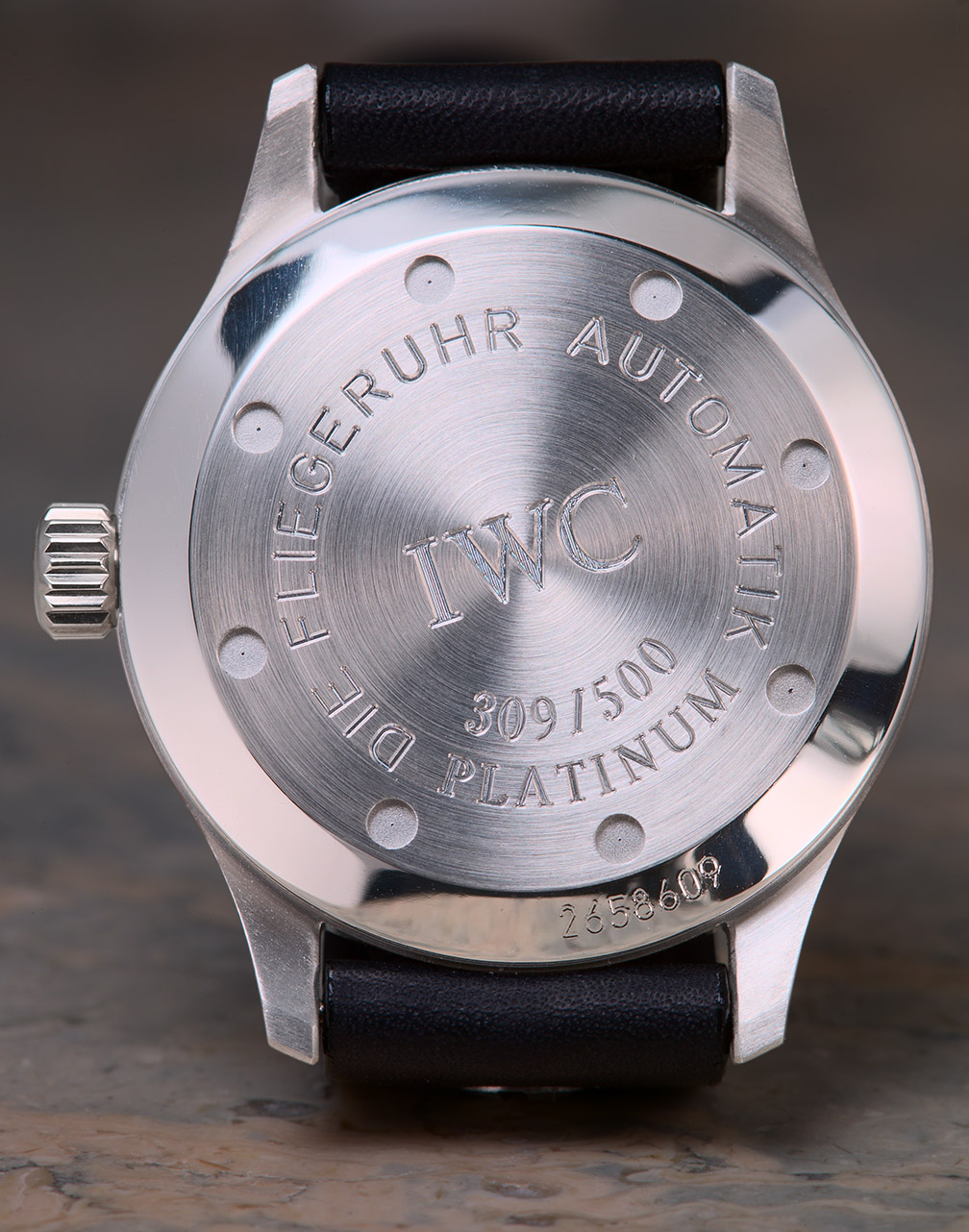
I do love military watches!
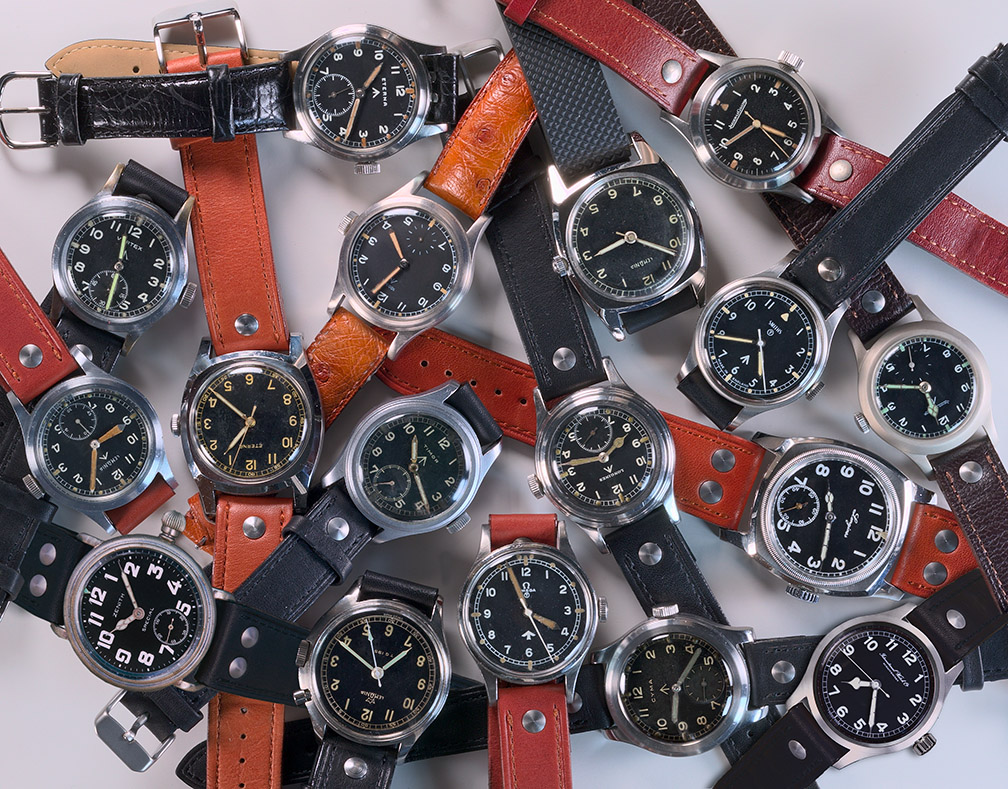

I hope you enjoyed this!
SteveG
April 19, 2006
All content Copyright asserted 2003, 2004, 2005, 2006